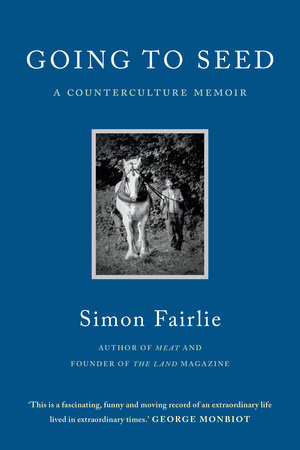How to Save the Amazon
A journalist’s fatal quest for answers
“A book both brilliant and broken, [and] one that is ultimately as inspiring and devastating as the Amazon itself.”
—The Guardian
“The book nearly died with him in the Amazon. But the story endured. . . [Chapters are] rooted in conflict, but searching for solutions.”
—The New York Times
Journalist Dom Phillips traveled deep into the Amazon rainforest searching for solutions to the problem of deforestation, a threat to the local ecosystem, native tribes, and the global climate. When he was murdered in the Javari Valley by a group of environmental criminals, a cohort of journalists and activists took up his work to finish his book and share his important message.
During the dark days of the Bolsonaro administration, British journalist Dom Phillips set out to accomplish an ambitious goal: through research, interviews, and site visits deep in the rainforest, he would emerge with a book answering the question—how can we save the Amazon? Traveling with his companion Indigenous expert Bruno Pereira, Dom’s adventure includes trekking through Amazonia to see where ranching, fires, illegal fishing, mining, the drug trade, and urbanization have deforested and degraded millions of acres of important forest, degraded ecosystems, and created dangerous conditions for the Indigenous tribes who have called the Amazon home for thousands of years.
Jair Bolsonaro came into power on a platform of anti-environmental exploitation and deregulation. During his term, deforestation in the Amazon, the “lungs of Planet Earth,” increased exponentially as environmental criminals took advantage of lax rules, advantageous land use policy, and the difficulty of enforcing laws in a remote area of immense size. Lawlessness reigned and environmental activists found themselves in danger. With the intention of discovering strategies to protect both the land and the people who inhabit it, Dom connected with politicians, farmers, and Indigenous activists to study the benefits and pitfalls of solutions like agroforestry, tourism, and the bioeconomy. While traveling by boat in the Javari Valley, Dom and Bruno were brutally murdered. Unwilling to see her late husband’s work be for naught, Dom’s widow, Ale, and his literary agent assembled a team of expert writers, journalists, and activists to complete his work, with each tackling one unfinished chapter and grappling with the challenge of interpreting his field notes and discovering his conclusions. How to Save the Amazon, therefore, is a book both by and about Dom Phillips, his quest for answers, and his search for hope.
“A work of courage interrupted by tragedy. . . No book speaks more persuasively to the importance of the Amazon and the dangers that it faces.”
—Elizabeth Kolbert, Pulitzer Prize-winning author of The Sixth Extinction
“We can’t let life on this earth be snuffed out; this powerful book will help us rise to this challenge.”—Bill McKibben, author of The End of Nature






